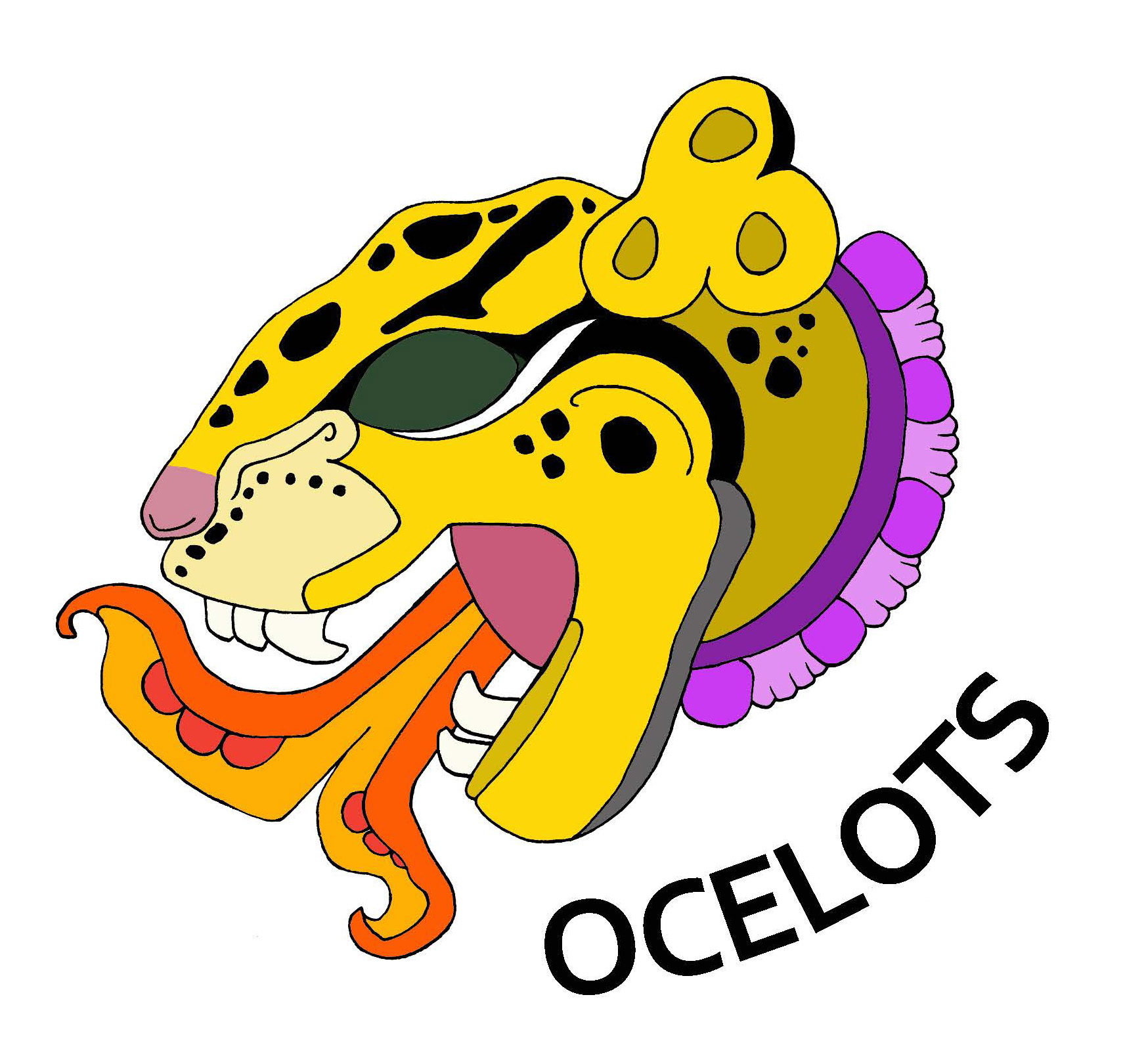Resources
Implementing an online module about impacts of pollution from gold mining in an undergraduate ecology course in the Pacific Northwest, USA
Author(s): Martha Groom
University of Washington (Bothell & Seattle)
408 total view(s), 69 download(s)
- Gala
Groom_Madre de Dios-2.jpg(JPG)
GROOM FMN Gold Chain Implementation Plan OCELOTS Teaching Notes.pdf(PDF | 202 KB)
Groom_Madre de Dios-2.jpg(JPG | 885 KB)
Worksheet for A Rainforest with a Gold Chain.docx(DOCX | 21 KB)
Groom_Sample Responses for Worksheet for A Rainforest with a Gold Chain Module.pdf (Instructors only)(PDF | 232 KB)
- A rainforest with a gold chain? The impacts of gold mining on the trophic web of an Amazonian rainforest of SE Peru (v1.0)
- License terms
Description
The case study “A rainforest with a gold chain?” was used to introduce students to applied ecological research to evaluate impacts of mercury pollution that pervade ecosystems and food webs in the Peruvian Amazon. Students had completed textbook readings on cycling of elements through ecosystems and food webs, and this case study reinforced the concepts of bioaccumulation and biomagnification in food webs, as well as the multiple pathways that pollutants can move through ecosystems. Students read the module and the associated original research publication on their own with the aid of the worksheet to focus their responses to questions in the module, including ones introduced to connect with the setting of this course in the Pacific Northwest of the USA. The module helps to improve student ability to connect research questions to methods and the presentation of results to conclusions drawn. Students also could think about potential future research that could be done to assess remediation efforts that could ameliorate the impacts of mercury pollution in this region.
Overview of Module:
“A Rainforest with a Gold Chain” explains the impacts of artisanal and small-scale gold mining in the Peruvian Amazon, focusing on measuring the spread of mercury used to precipitate gold from sediments into air, water and soils, and subsequent bioaccumulation and biomagnification through trophic chains. The module introduces students to the concepts of bioaccumulation and biomagnification, as well as to the multiple pathways that toxic elements can be spread in earth systems. The module goes into depth on a study to assess the level of deposition of mercury and its subsequent uptake in vegetation and upwards in the food chain. It also includes a quantitative exercise to help students gain skills in using data to obtain and interpret results of the study, but this portion was not part of this implementation. The module concludes with a focus on what might be done in future, including results from some restoration studies in the region.
Summary of implementation plan and teaching notes.
- The attached implementation plan describes the modifications I made to guide students through the beginning of the exercise, trim some content to fit our time frame, and adapt the final application module to the restoration context the students were familiar with in the Pacific Northwest. The Implementation Plan also includes reflection on student response to the Spreading Seeds Case Study. These notes are summarized in “GROOM FMN Gold Chain Implementation Plan OCELOTS & Teaching Notes”
- Supplementary Worksheet: “Worksheet for A Rainforest with a Gold Chain”. This worksheet was created to aid students in working on their own, as homework, to respond to key questions from the module, and some minor extensions of the questions embedded in the module.
Support was provided by: A grant from the United States National Science Foundation (DBI-RCN-UBE 2120141).
Cite this work
Researchers should cite this work as follows:
- Groom, M. (2024). Implementing an online module about impacts of pollution from gold mining in an undergraduate ecology course in the Pacific Northwest, USA. OCELOTS, QUBES Educational Resources. doi:10.25334/F4K9-X295
